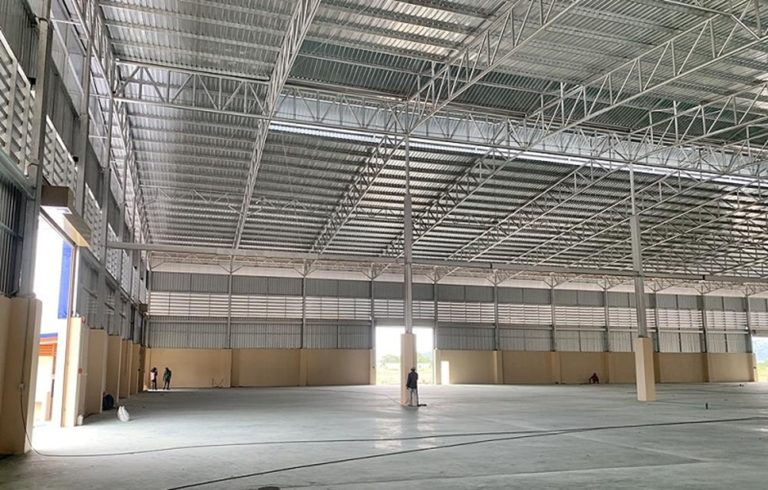Emerging technologies are reshaping how we work across many industries. One area in which modernization such as this has remarkable potential is in the legal industry. What does this technology entail? First and foremost, there’s automation.
As arguably the top technology trend in this industry — as well as many others — automation is quickly becoming instrumental since it streamlines the mundane and routine tasks required in legal work. In fact, it’s already being used for document review, legal research, e-discovery and many other document-related processes. Utilizing such document automation tools can increase matter accuracy and enhance secure data sharing. This gives legal professionals more time to spend with clients and work on high-value tasks, instead of the tedious manual processes of document drafting.
That being said, there is still so much to achieve as the technology develops and extends to other aspects of the practice. Many are looking forward and seeing how vital administration tasks and workflows might be better analyzed, organized and carried out in the near future.
Another incredibly valuable tool is specialized CRM software. With industry-specific programming, CRMs offer firms specialized tools for improving the business as well as handling legal matters. For instance, the right software can provide more secure data tracking and document retrieval. It can also enhance case management through intuitive solutions carefully tailored to facilitate the daily demands of legal professionals. All this leads to improved organization, increased productivity and stronger client relationships.
Want to learn more about the up-and-coming technologies in legal work? Check out the accompanying resource for further information.

Emerging Technologies in Legal Work from Evolution Process Service, a provider of ct corporation process servers









